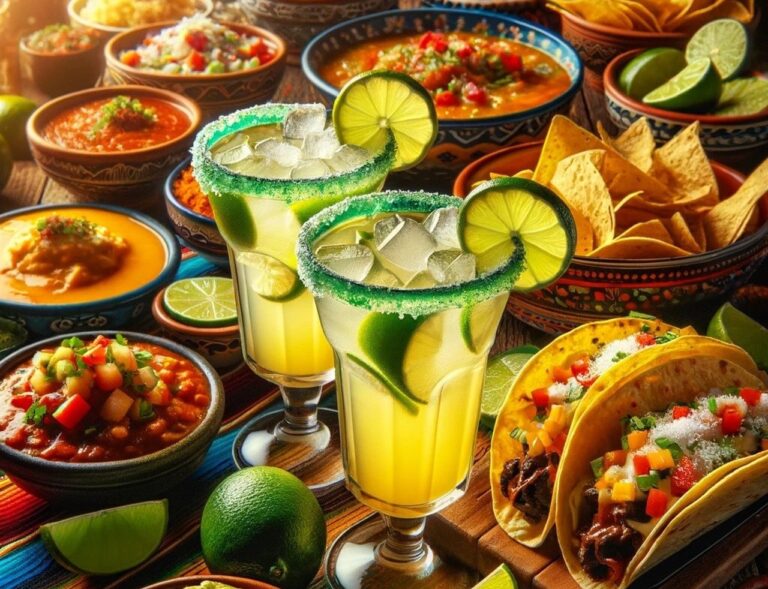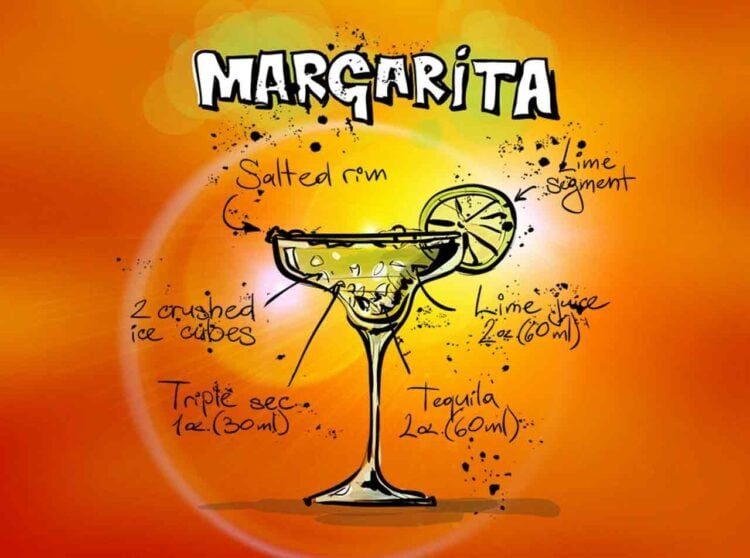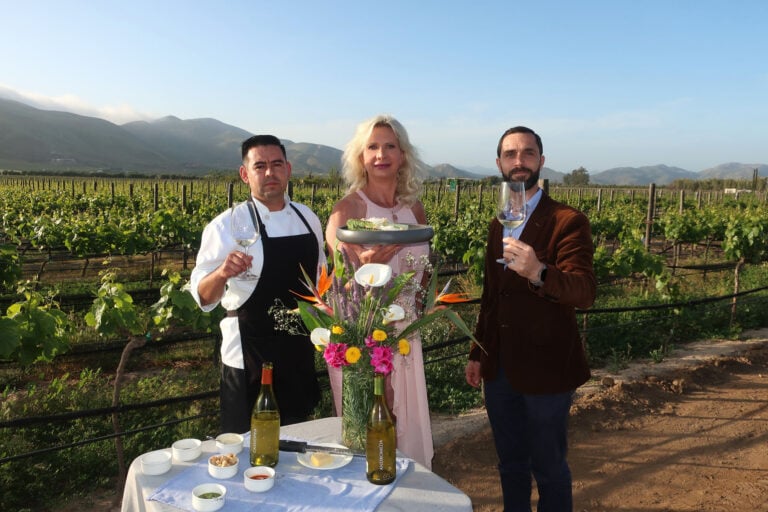History of Halloween
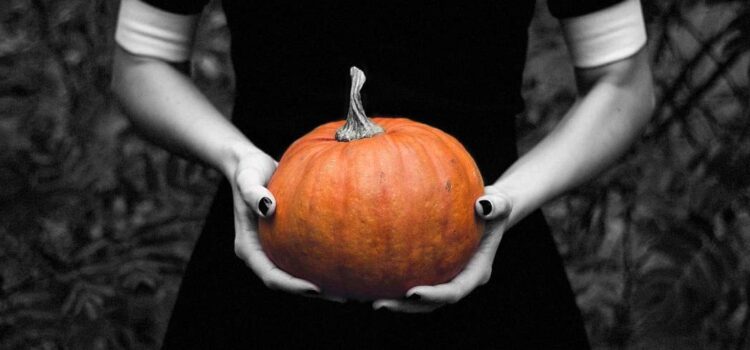
The Halloween Tradition
As the leaves change color and days get shorter, we become a bit excited about one thing in particular: Halloween season. For many of us, it’s our favorite time of year.
Sweater weather is in full swing, family-friendly pumpkin patches pop up around town, grocery stores stock up on monster-size bags of candy and everyone asks the familiar question: What are you going to be for Halloween this year? It’s one of America’s favorite holidays, so how did All Hallows’ Eve come to be?
SUGGESTED READING
• GAYOT’s Halloween Guide
• Easy & Delicious Halloween Cocktails to Make at Home
• Latest Articles on GAYOT.com
Ghosts of Halloween Past
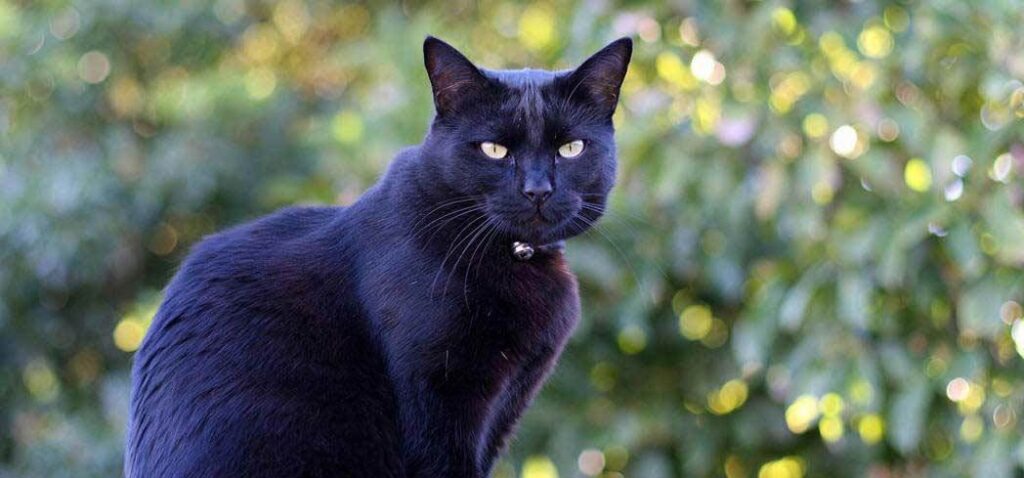
There’s something comforting about tradition. Whether it’s the connection we feel to people who have celebrated the same things before us, or the assumption that if it’s lasted this long it must be good, we enjoy these time-honored activities. And when it comes to the elusive history of Halloween, ghosts were the reason for the season. They are why ancient Celts began celebrating Halloween, which was originally the Celtic Festival of Samhain (pronounced SAH-win or SOW-in).
Nearly 2,000 years ago, the Celts celebrated their New Year on November 1. That day marked an end to a bountiful harvest and the beginning of colder, darker days, which were usually associated with death. This was also the time when ghosts would revisit the earth to damage crops and kill off loved ones (or so they believed).
Thus, on the eve of October 31, the Celts would light up spectacular bonfires, wear animal costumes and burn crops as sacrifices to Celtic deities to ward off the ghosts. While doing so, they found that the presence of these spirits granted Celtic priests, called Druids, the ability to make prophecies about the future, which later developed into the superstitions we hold today. As it turns out, black cats, spilled salt and walking underneath ladders have an origin, too.
Bobbing for Apples and “Trick-or-Treat”
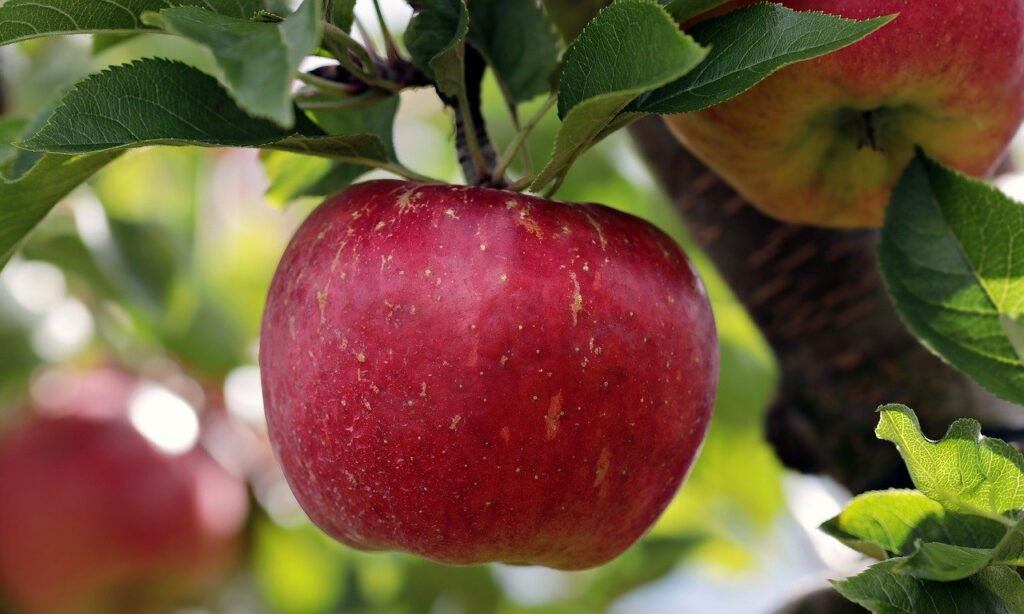
Around 43 A.D., the Romans started making their way onto Celtic land and had taken over large chunks of their territory. During their reign over the Celts, the celebrations of both these people began to merge—creating a weird hybrid between the Samhain Festival and the day to honor Pomona, the Roman goddess of fruit and trees (these folks were all about the harvest). This goddess’s symbol is the apple, so when children bob for apples at Halloween parties today, it’s an unwitting nod to Pomona.
As for today’s most popular aspect of Halloween, trick-or-treating, this one’s all thanks to America’s influx of Irish immigrants during the nineteenth century. Influenced by their traditions and some English ones as well, Americans began going door to door on Hallows’ Eve asking people for food or money (the trick was when people would say no), which means “trick-or-treat” is more of a question than an exclamation.
> Make sure to check out GAYOT’s list of spooky cocktail recipes to enjoy while watching the scariest movies of all time.
Origin of Jack-o-Lanterns
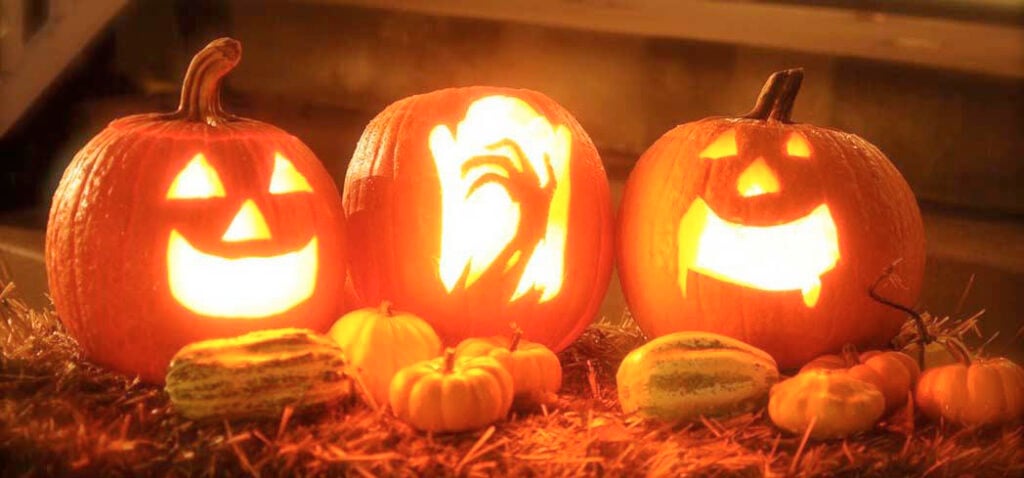
We also have the Irish to thank for the iconic “jack-o-lanterns.” The name comes from an Irish folktale about a man named Stingy Jack. But back then in Ireland, instead of pumpkins, large turnips and potatoes were carved. Irish immigrants brought the tradition to America, home of the pumpkin, and it became an iconic part of Halloween ever since.

